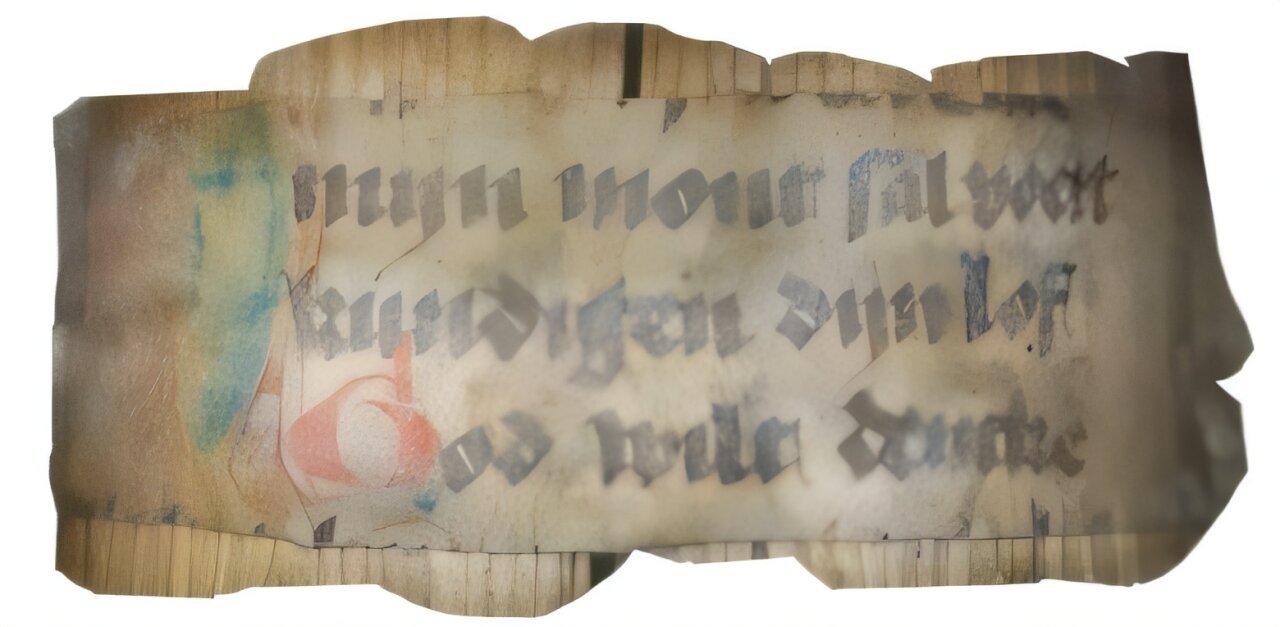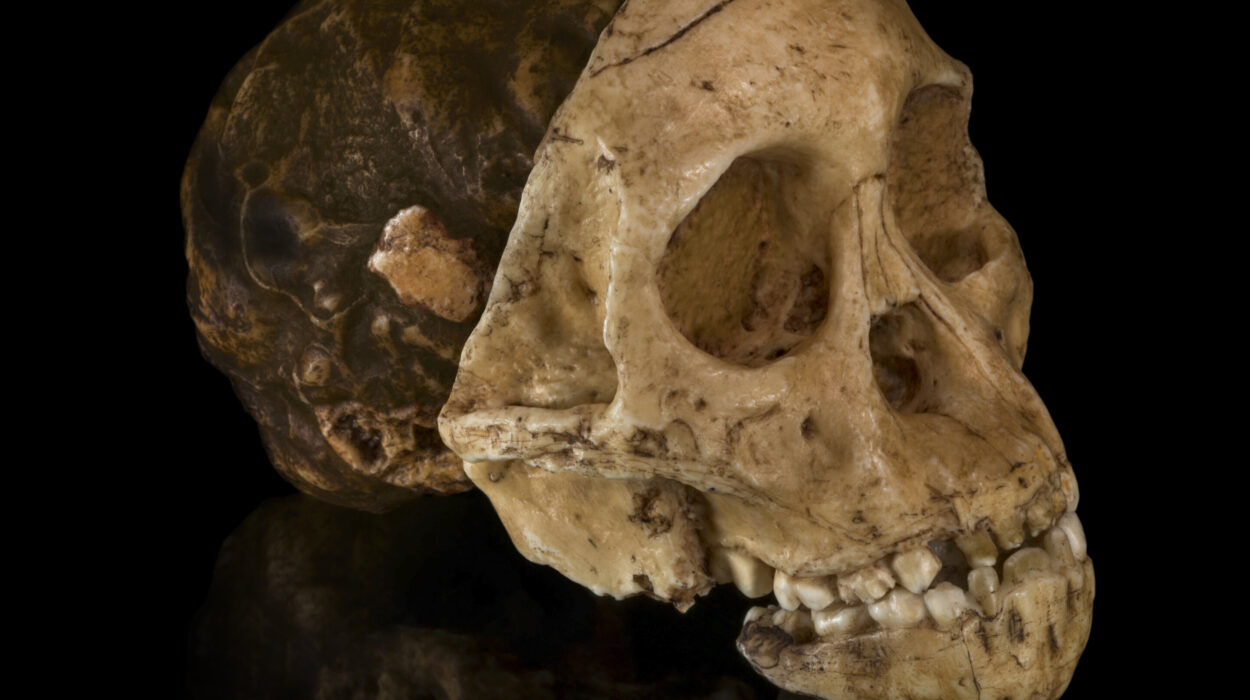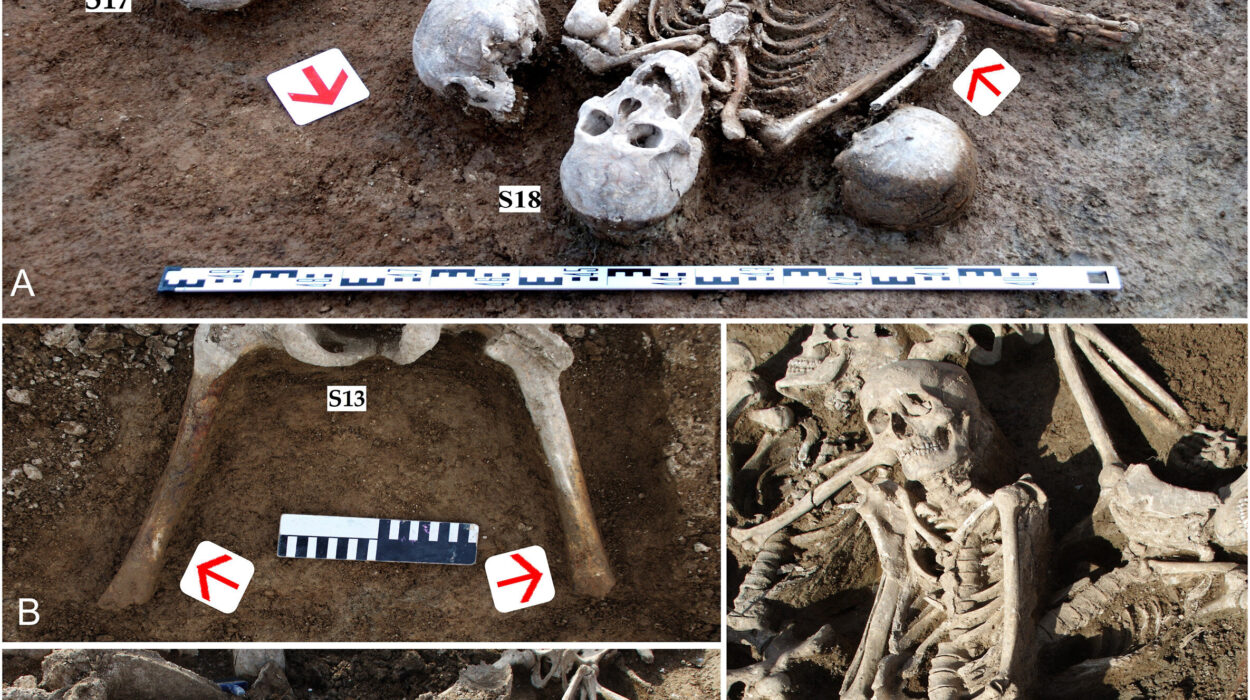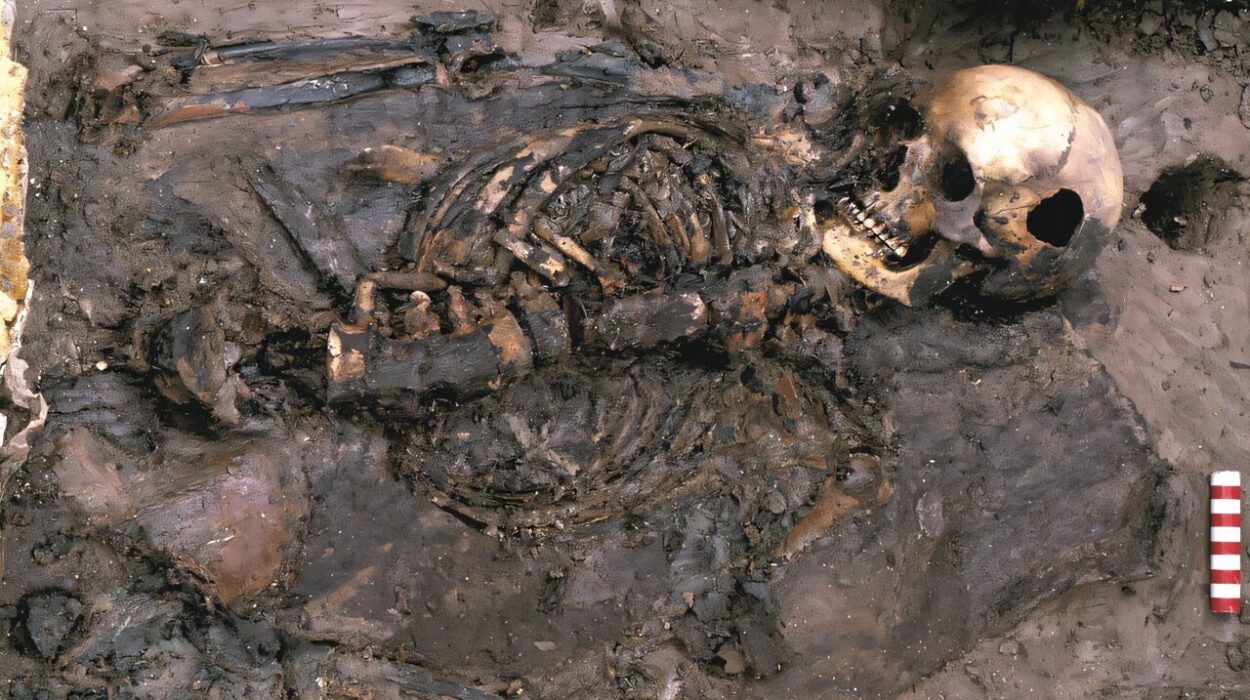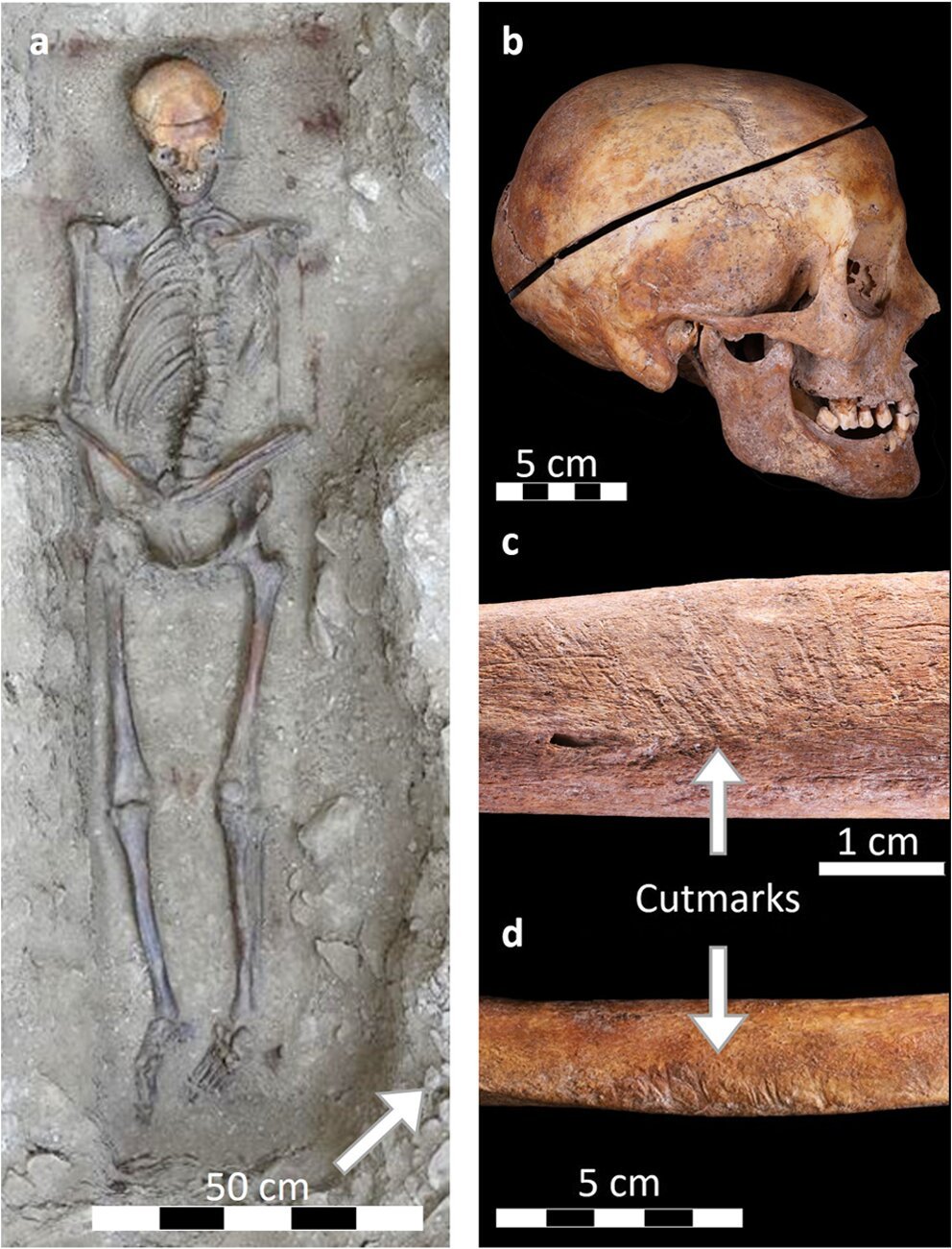In a groundbreaking study, researchers used an endoscopic camera to uncover hidden medieval fragments concealed within book bindings from the 16th and 17th centuries. The unique discovery is part of the “FragmEndoscopy: An Innovative Way to Discover Hidden Heritage inside Early Modern Book Bindings” project, spearheaded by Thijs Porck, an associate professor of medieval English at Leiden University. This novel research method brings to light fragments of medieval manuscripts long believed lost, providing new insights into the practices of early modern bookbinders and uncovering traces of ancient texts that have been hidden for centuries.
The Hidden History Behind Medieval Bookbinding
In the 16th and 17th centuries, bookbinders often employed old, discarded manuscripts to reinforce the spines of newly bound books. This practice of reusing parchment was primarily due to the high cost of new materials. Rather than let scraps of parchment go to waste, bookbinders recycled them by cutting medieval manuscripts into strips and using them as filler between the covers. While this “recycling” technique was an effective and resourceful solution at the time, it inadvertently led to the loss of valuable historical texts. The reused medieval fragments were effectively invisible to the modern eye, hidden within the layers of the bookbinding.
Many of these fragments were lost to history as they remained sealed within the books. While the exterior of these early modern books might have been well-preserved, the hidden medieval remnants remained a silent testimony to past scholarship, forgotten by the hands of time. This is where the FragmEndoscopy method comes in, offering a breakthrough in our ability to “unearth” these ancient fragments.
A Revolutionary Technique for Unveiling Hidden Texts
The key to this project is an innovative imaging technique that uses an endoscopic camera, typically designed for inspecting gun barrels, to penetrate the bookbinding without causing damage. Thijs Porck, along with his student assistant Iris van Kuijk, used this tool to take detailed video recordings of the insides of several early modern books housed in two major archival collections: Leiden University Library and the Noord-Hollands Archief in Haarlem.
The endoscopic camera was chosen for its narrow diameter, which allows it to fit into tight spaces, making it ideal for conducting “keyhole surgery” on historical books. Once images were captured, screenshots were carefully stitched together to form composite pictures of the reused medieval parchment hidden within the book spines.
A Practical and Affordable Solution
One of the major advantages of the endoscopic method is that it is both practical and cost-effective. Unlike previous efforts to uncover hidden fragments—such as X-ray imaging, which involved costly equipment and lengthy analyses—this new technique offers a much faster and more affordable alternative. The endoscopic camera used in the project costs less than 600 EUR, making it accessible for institutions and researchers interested in examining early modern books without incurring significant financial costs.
With the endoscope in hand, researchers were able to take video footage in a matter of minutes. Post-processing the footage to produce composite images, which would provide the detailed look at the hidden manuscripts, took only a few additional hours. The simplicity of the method allowed the team to rapidly explore and analyze a wide range of book bindings.

Discoveries in Medieval Music and Middle Dutch Texts
The results of the research were astounding, yielding several extraordinary discoveries. Among the medieval fragments uncovered, researchers found musical notation dating back to the 14th century. This was a rare and valuable find, as it provided direct evidence of the musical heritage that may have otherwise been lost. The fragment contained actual musical notes, offering a glimpse into the medieval world of music that has rarely been seen in historical manuscripts.
In addition to the music fragment, the team uncovered multiple medieval texts written in Middle Dutch, providing a unique glimpse into the language, culture, and literary traditions of the time. These fragments were often damaged or fragmented, making it impossible to access them through conventional methods. The ability to view these manuscripts after centuries of dormancy was a thrilling step forward for scholars of medieval literature and language.
New Possibilities for Preserving Cultural Heritage
Beyond the fascinating discoveries of texts and music, the FragmEndoscopy project demonstrates an important shift in the methods of conservation and historical preservation. By finding an inexpensive and efficient way to uncover hidden manuscripts, researchers are making significant strides in preserving cultural heritage that might have otherwise been lost or irreparably damaged. The ability to view fragments inside book bindings helps ensure the continued protection and access to manuscripts, enabling future generations to learn from and appreciate these important historical objects.
This discovery serves as a reminder of the importance of examining even the smallest details of our cultural and historical objects. Every text, no matter how fragmented or hidden, contributes to the larger story of human history, and innovative technologies like the endoscopic camera make it possible to uncover forgotten pieces of our past.
Reference: Thijs Porck et al, Medieval Fragments Revealed with FragmEndoscopy, Fragmentology (2025). DOI: 10.24446/h9ht
